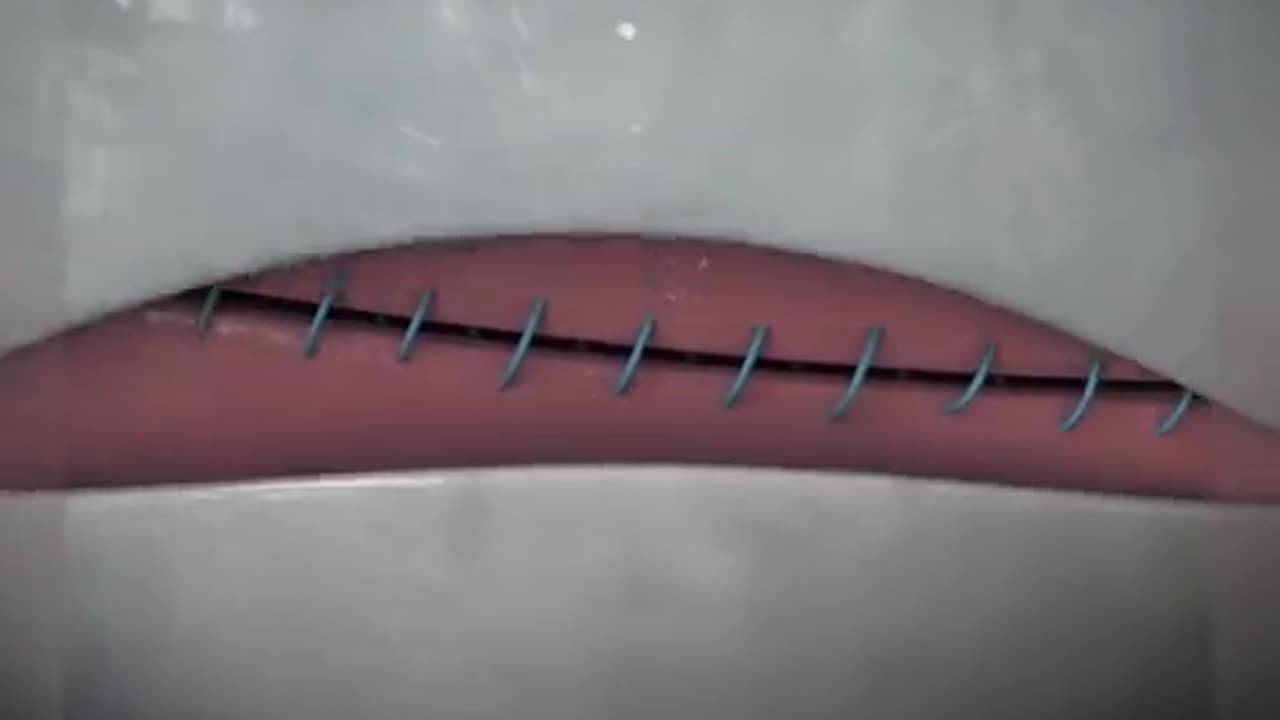Premium Only Content

The invention of the Cesarean section (C-section) surgery.
The Cesarean segment, generally known as a C-segment, is a surgery used to convey a child through an entry point made in the mother's midsection and uterus. Its set of experiences goes back millennia, developing altogether after some time.
Early History
Old Practices: The beginnings of C-segments are accepted to extend back to old civilizations, including the Egyptians, Greeks, and Romans. Early practices were frequently performed post mortem, as endurance rates for both mother and child were very low.
Archaic and Renaissance Advancements
Medieval times: During the archaic period, C-areas were seldom performed, and endurance was as yet remarkable. The methodology was in many cases done if all else fails when regular labor was unrealistic.
sixteenth Hundred years: The strategy started to improve with better comprehension and careful practices. In 1610, Swiss doctor Jacques Guillemeau distributed a nitty gritty portrayal of the system, despite the fact that it remained exceptionally dangerous.
Current Advances
nineteenth 100 years: Huge headway was made in the nineteenth hundred years with progressions in disinfectant methods and sedation. Dr. Ferdinand Adolf Kehrer, in 1881, spearheaded the advanced C-area procedure with upgrades in stitching and sanitization, enormously expanding endurance rates.
twentieth 100 years: The advancement of anti-infection agents and refined careful procedures in the twentieth century further better results, making C-segments a more secure and more normal technique for conveying infants when essential.
Contemporary Practice
Today, C-segments are performed regularly and securely around the world, with cutting edge methods and advancements guaranteeing high endurance rates for the two moms and infants. The system is currently utilized for different clinical reasons, including intricacies during work, fetal pain, and previous ailments.
In rundown, the Cesarean segment has developed from an old and risky technique to a safe and generally utilized careful strategy, because of headways in clinical information, innovation, and practices.
-
 LIVE
LIVE
Scottish Viking Gaming
3 hours ago💚Rumble :|: SUNDAY FUNDAY :|: Virginia has two Verginers, Change my Mind!
753 watching -
 1:49:50
1:49:50
Winston Marshall
2 days agoThe DARK Reality of Socialism - Historian Giles Udy
3.48K31 -
 LIVE
LIVE
Sports Wars
1 hour agoBengals STAY ALIVE In OT Thriller, ESPN's Ryan Clark SLAMMED, NFL DESTROYS NBA On Christmas
528 watching -
 9:37
9:37
EvenOut
19 hours ago $1.02 earnedThe Non-Reflecting Mirror Scare Twin Prank!
6.65K1 -
 11:19
11:19
Tundra Tactical
18 hours ago $1.45 earnedI Saw How CMMG Makes Guns.
9.1K5 -
 15:34
15:34
Misha Petrov
14 hours agoReacting To TikTok’s Most DELUSIONAL Takes!
7.42K14 -
 1:52:24
1:52:24
Squaring The Circle, A Randall Carlson Podcast
1 day ago#032 Flournoy Holmes' Artwork Helped Define The Southern Rock Phenomenon of The Early 1970's
6.25K3 -
 19:56
19:56
inspirePlay
1 day ago $0.01 earnedWalking with Lions & Facing Africa’s Wild Side | Safari Adventure with the Grid Championship Crew!
2.57K -
 10:50
10:50
RTT: Guns & Gear
1 day ago $0.34 earnedBudget Friendly Carry 2011: EAA Girsan Brat 2311
5.4K3 -
 3:49:06
3:49:06
Alex Zedra
15 hours agoLIVE! New Game | Nuclear Nightmare
97.4K13